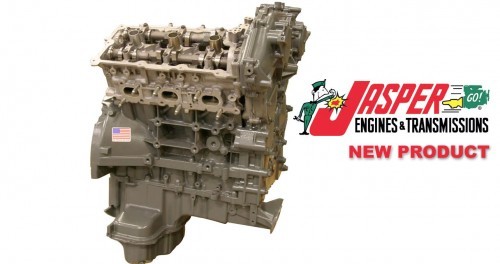TRUE OR FALSE? Until your vehicle is out-of-warranty, it must be serviced by the new car dealer or the factory warranty will be void?
FALSE? Our ASE Certified technicians at National Brake & Muffler CAN SERVICE your vehicle if it is under warranty with the same tools typically faster and at a better price point plus we are cross trained in multiple lines of vehicles vs. just the brand at the dealership you bought your car or truck giving you more options!
It’s the law that independent repair shops can provide the services to maintain your new car warranty. Consumers are protected by the Magnuson-Moss Warranty Act, enforced by the Federal Trade Commission (FTC), which prohibits a manufacturer from voiding the vehicle warranty because service was done by a non-dealer.
Chances are you don’t pay much attention to your vehicle’s battery until it dies, when you get to perform the dreary dual task of waiting for a jump while simultaneously calling for an appointment to get a new battery fitted. Of course, that’s if you’re sure it’s the battery that’s dead in the first place. The only way to be certain is to take it in to be tested. However, it generally helps to know the health of your car battery prior to finding yourself stranded.
If you want to avoid nasty and unexpected surprise maintenance costs, sticking to a regimented schedule of preventative maintenance is something you are going to want to get used to. The reason being is simple – frequent maintenance will keep your car in good health, ensuring you get the most out of all those expensive-to-replace parts. While it might sound counterintuitive, the best way to reduce maintenance costs is to stick to a prescribed maintenance schedule.
Often confused with wheel alignment, a properly balanced wheel is a beautiful, perfectly tuned wheel-tire combination. This is accomplished by placing measured lead weights on the opposite side of the "heavy spot"—the noticeable tread wear on your unbalanced tire.

National Brake & Muffler in Griffin is proud to announce the availability of the transmission replacement option through Jasper Engines & Transmissions for re-manufactured Ford 6F50 and 6F55 transmissions.
For those of you who aren't mechanically-savvy, you probably still understand that transmission problems are among the most expensive repairs required for your vehicle. That's because your transmission is a complex system of gears that transmit mechanical power to your engine, ultimately determining the rate of speed you travel.

National Brake & Muffler in Griffin is pleased to announce their newest product lines available for diesel engines: Re-manufactured International MaxxForce DT Complete Diesel Engine.

National Brake & Muffler in Griffin now offers the JASPER Re-manufactured Nissan VQ40DE 4.0L DOHC Engine! Jasper Engines & Transmissions, the nation’s leader in re-manufactured products, announces the availability of its re-manufactured Nissan VQ40DE 4.0L engine. This DOHC V6 engine is available on exchange for the following 2006-2011 vehicles: Nissan Frontier, Pathfinder, X-terra offering several advantages: